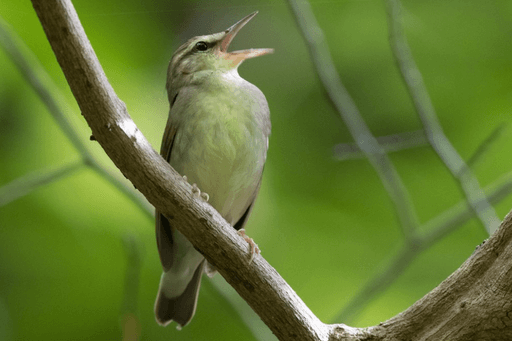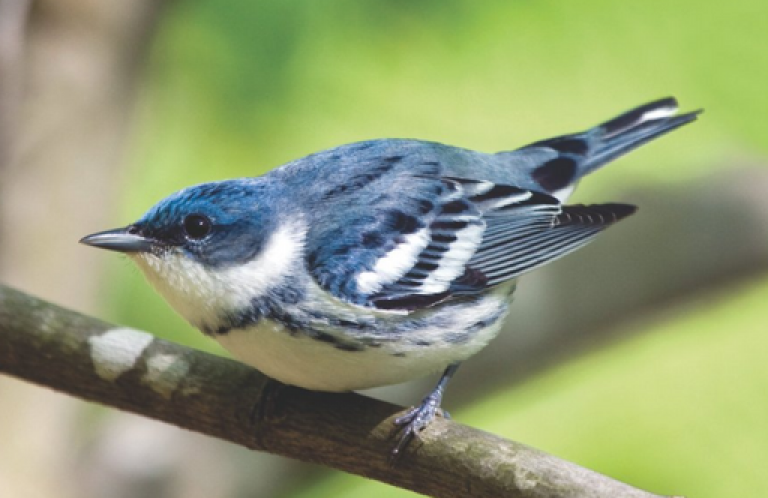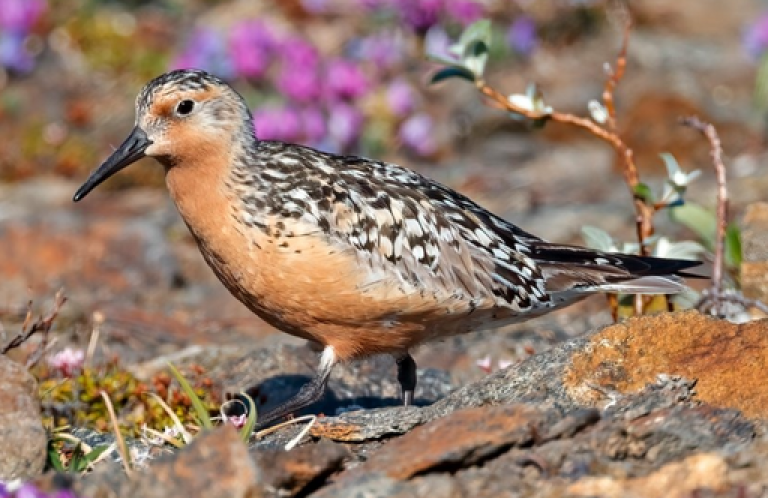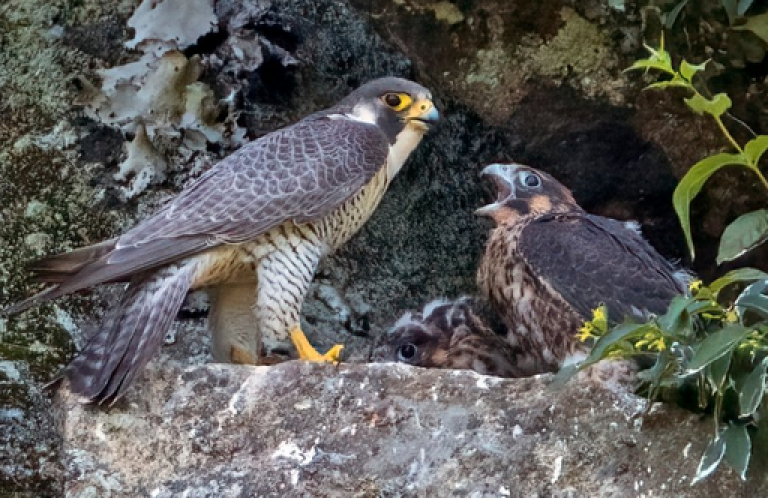Birds of Virginia: A Guide to Must-See Birds in the Commonwealth
The Commonwealth of Virginia's tourism and travel slogan is “Virginia is for Lovers,” but it's also for lovers of birds. Virginia supports a high diversity of birds and bird habitats, from the mountains in the west to coastal and offshore areas in the east. According to eBird, 488 species have been observed in Virginia, among more than 1.3 million checklists submitted by over 33,700 observers.

Virginia is a convergence zone for many breeding species of the South and the North, with many southern breeding species reaching their northern range limits here, and northern breeding species stretching their range south into Virginia via the Appalachians. For example, Carolina Chickadees predominate in most of Virginia but are replaced by Black-capped Chickadees in the high elevations of our western mountains. Other species that typically breed to the north but extend into Virginia's mountains include the Blackburnian Warbler and Mourning Warbler.
Southern breeders that extend north into Virginia include the Anhinga, Mississippi Kite, Swainson's Warbler, and the northernmost breeding populations of the Red-cockaded Woodpecker. We also have the isolated Coastal Plain population of the Black-throated Green Warbler, known as “Wayne's” Warbler. This population reaches its northernmost breeding areas in Virginia, at sites such as the Great Dismal Swamp. (Most of the Black-throated Green Warbler's breeding range extends from the Appalachians north and west into Canada's boreal forest.)
There are four major birding regions in Virginia: mountains, Piedmont, Coastal Plain, and offshore — and many habitats, each with its own bird communities that change with the seasons.
In this series of blog posts, we explore some of our favorite birds spanning these regions, and discuss the conservation status and actions for each, often highlighting how American Bird Conservancy (ABC), ABC partners, and others are working to help these species in Virginia and elsewhere.

Backyard Birds
Most birders in Virginia start watching birds around their homes. The following species can be seen almost anywhere in the state, often in cities and towns. While some of the bird species we've included are among the most common birds of Virginia, others are harder to find, but worth the effort. Read more.

Forest Birds
Virginia supports a variety of forest types, including bottomland hardwoods in wet areas and along riparian corridors; pine forests and oak-hickory woodlands in uplands; and conifer forests and mixed broadleaf/coniferous forests on top of mountains. These forests and their various successional stages support a great diversity of birds, including many that are the focus of conservation programs. Read more.

Waterbirds
Waterbirds are among Virginia's superlative birds, including some of the largest (pelicans and swans), most colorful (ducks), most ornamentally plumed (egrets and herons), and most exciting to watch (skimmers skimming, terns diving, ibises flapping over marshes at sunrise or sunset). Most are great flyers and many are migratory. Read more.

Grassland Birds
According to research published by ABC and other partners in 2019, grassland bird populations declined by 53 percent (more than 720 million birds) in the U.S. and Canada since 1970. These declines were steeper than those of boreal forest birds, eastern forest birds, coastal shorebirds, and aerial insectivores. Read more.

Raptors
Virginia hosts a diversity of raptor species, and there are hawk-watching opportunities at coastal and mountain sites during migration, which are usually most active in autumn. As raptor populations expand, some species are becoming more common in our urban areas, including the Cooper's Hawk, Mississippi Kite, and Peregrine Falcon. Read more.
Authors
Daniel Lebbin, Vice President of Threatened Species, American Bird Conservancy; Sergio Harding, Nongame Bird Conservation Biologist, Virginia Department of Wildlife Resources; Ashley Peele, Avian Ecologist, Conservation Management Institute, Department of Fisheries and Wildlife Conservation, Virginia Tech; Becky Keller, Science Coordinator, Appalachian Mountains Joint Venture, American Bird Conservancy; EJ Williams, Vice President, Southeast Region, American Bird Conservancy
Thanks also to Lindsey Troutman, Craig Watson, Ruth Boettcher, Kirsten Luke, Jeff Larkin, Jen Davis, Andrés Anchondo, Peter Dieser, David Wiedenfeld, George Wallace, and the Appalachian Mountains Joint Venture Team (Elizabeth Brewer, Amanda Duren, and Jessica Wise) for their suggestions and edits to this blog series.


















































